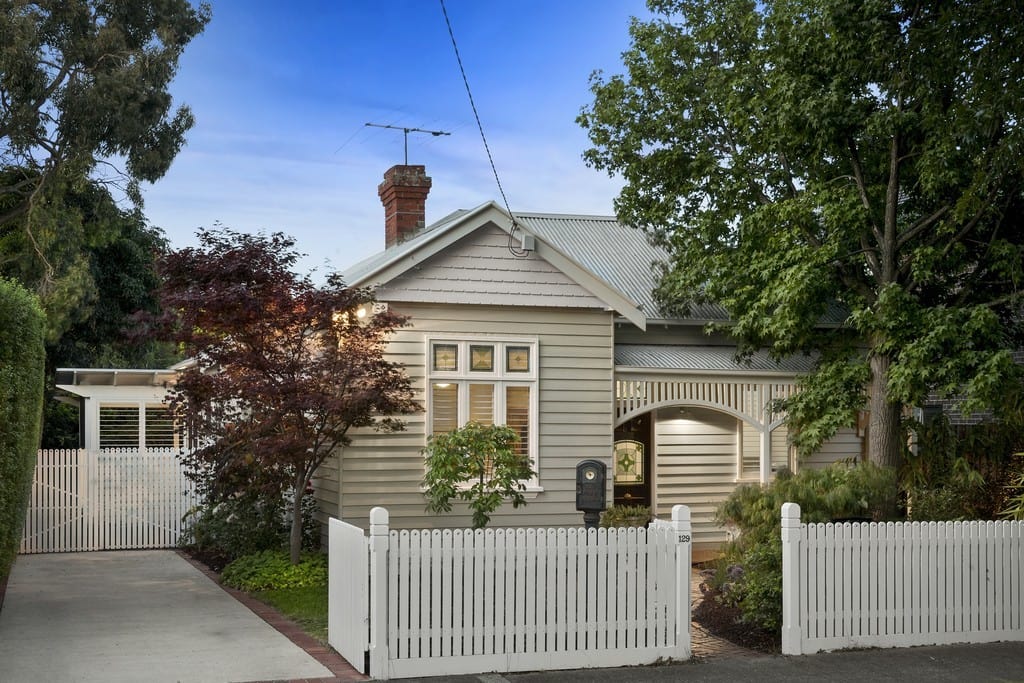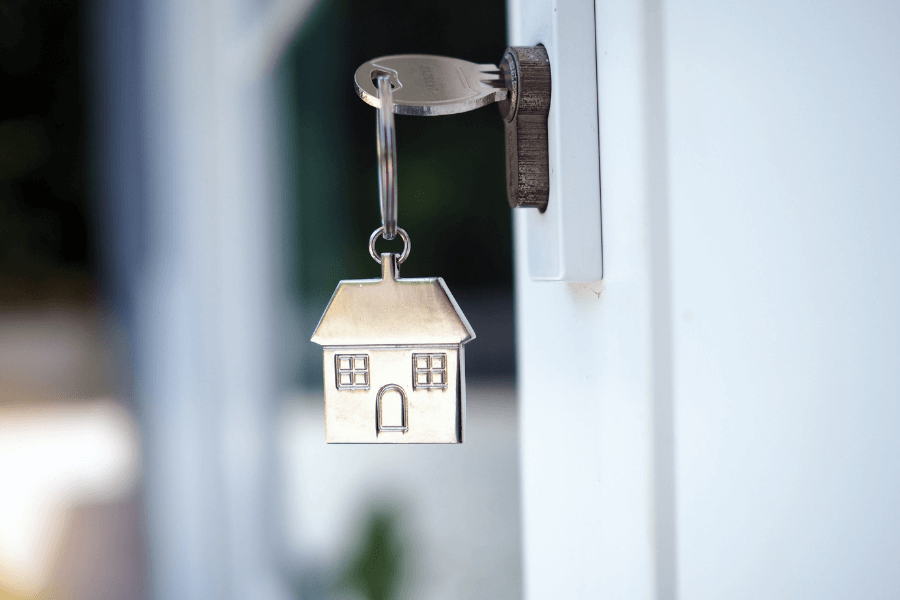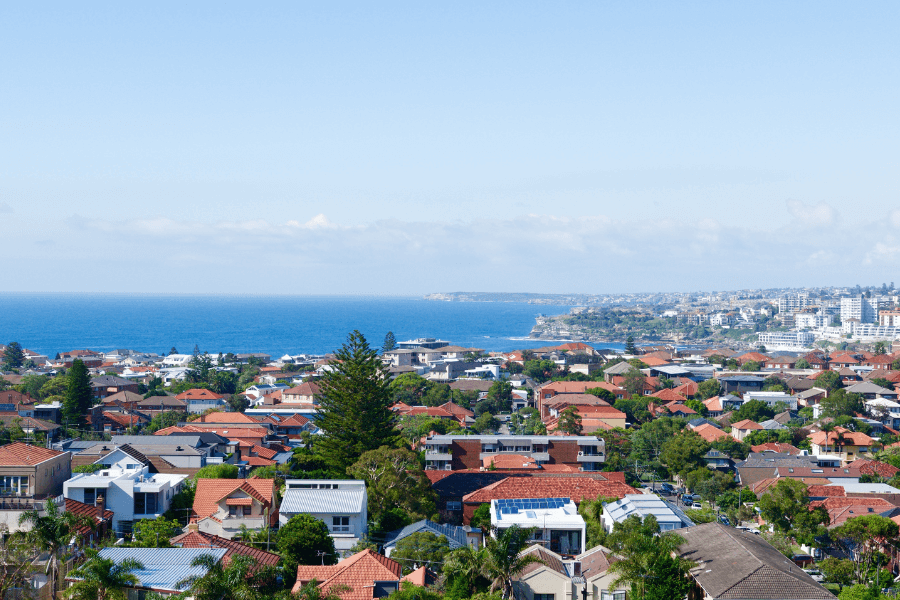If you’re saving up for a house deposit, chances are you’re keeping the money in a high interest savings account with your bank because you think it’s the best place for it. But this might not necessarily be the case.
As you’re probably well aware, property prices in Australia have risen significantly faster than general inflation and you could end up further behind each year if your savings aren’t keeping up. And most of the time your high interest savings account isn’t really keeping up.
Here are some key things to consider if you’d like to get into your own home sooner rather than later.
 For sale: 129 Windsor Crescent, Mont Albert, VIC
For sale: 129 Windsor Crescent, Mont Albert, VIC
Topics in this article:
The truth about high interest savings accounts
At first glance, it might appear that high interest savings accounts are an easy way to make ‘free’ money. But is this really true? When you account for inflation and tax, you’ll see that the rate of return is much smaller than you’d think.
When investing, it’s not what you earn but what you keep that matters. And to calculate that, you need to subtract the costs, taxes and inflation. This is the ‘hip pocket return’, and it’s the only return that matters to savvy investors.
Data going back to 1900 suggests that once you account for inflation and tax, savings accounts have a real rate of return of 0.7% p.a. over the 116 year period. This real rate of return is only adjusted for inflation and doesn’t even take into account any tax impacts.
Here’s an example:
Let’s say you invested $10,000 during 2011 in a high interest savings account. Over 5 years, it would have grown to $12,014, with interest rates ranging between 2.1 to 5.2% p.a. After adjusting for the effects of inflation and tax however, that $12,014 would have been worth only $10,438, a return of 0.86% p.a. over the five year period.
 Graph 1
Graph 1
Investing vs saving your house deposit
How about if you invested the $10,000? Below we compare how a portfolio invested in 60% shares and 40% bonds would have performed over the same five year period, adjusted for inflation and tax impacts.
 Graph 2
Graph 2
The results speak for themselves. After inflation and taxes, the high interest savings account returned $438. The portfolio with 60% shares and 40% bonds? $3,088.
The table below compares the historical rate of return of various asset classes, and how investing can be much more effective in growing your house deposit.
| Returns to 30 Sep 2016* | 5 years (% per annum) |
|---|---|
| Australian shares | 11.2% |
| US shares | 22.1% |
| Bonds | 6.0% |
| High interest savings account | 2.5% |
When it IS a good idea to use a savings account
There are times when a high interest savings account is the best option for your house deposit. For example, if you’re looking to buy in the next 12 months. This is because if you invest for such a short time period, the variability of returns over the period could leave you below your original amount with not enough time to recover. But if you’re trying to grow your house deposit and you’re not planning to buy in the next year, consider investing it.
Investing is easier than you think
Depending on where you live in Australia, it can take up to 11 years to save up for a 10% deposit for a home. During this time, you need your money growing in value at a higher rate than inflation. And the only way that’s going to happen in the current low interest rate environment is if you embrace some amount of growth-oriented investments.
Making the jump from a high interest savings account to investing can be scary — but learning about how financial risk works can help you understand how different approaches can work better for you. And with the Internet at your fingertips, there’s no reason not to start learning today and doing justice to your house deposit.
How to invest your house deposit
Here are a few key factors to consider before investing:
- Understand your risk tolerance – how much volatility are you willing to tolerate with your investments?
- Decide how much time you are willing to dedicate to managing your investment – will you do it yourself or delegate?
- Do your research – what shares will you invest in? What are the fees involved?
It’s important you choose an investment portfolio that is personalised to you. It also has to be diversified so you don’t have all your eggs in one basket. You’ll also want to rebalance your portfolio as you draw closer to when you want to buy.
Even though it may seem overwhelming, start by doing your research and asking questions. If you don’t plan to buy your home in the next year, it is well worth the effort to explore how you can invest your house deposit.
For more tips to boost your savings take a look at these tips to save for a deposit and these 9 ways to save money around the home.
*Notes & sources:
Graph 1-
- High Interest Savings Account rate as per Reserve Bank of Australia series — “Retail deposit and investment rates; Savings accounts; Banks’ bonus savings accounts; $10000”. Source: RBA Series ID -FRDIRSAB10K
- Inflation — Consumer price index; All groups. Source — Australian Bureau of Statistics
- Tax Rate is calculated as the effective tax paid on the Average Weekly Ordinary Time Earnings (Australian Bureau of Statistics — May 2016)
Graph 2-
- Shares represented by S&P/ASX 200 Accumulation Index returns
- Bonds represented by Bloomberg Ausbond Composite Index (0+) returns
- Tax Rate is calculated as the effective tax paid on the Average Weekly Ordinary Time Earnings (Australian Bureau of Statistics — May 2016)
- Tax adjustment for Shares based on full adjustment for dividends and includes 50% Capital Gains Tax exemption for the capital component
- Portfolio mix is based on a mix of 60% Shares & 40% Bonds using representative index returns that are continuously rebalanced, without any investment management fees
- Portfolio returns are purely illustrative in nature and are not a reliable indicator of future performance.
Table 1-
- Australian Shares — S&P/ASX 200 Accumulation Index
- US Shares — S&P 500 Total Return Index
- Bonds — Bloomberg Ausbond Composite Index (0+)





